1905 movie network feature In the movie, the evacuation team took 326,713 steps to complete the difficult journey home; outside the big screen, some netizens sighed after watching the movie in the theater: just a front-row movie ticket will take you to experience the war of "Numia" immersively.
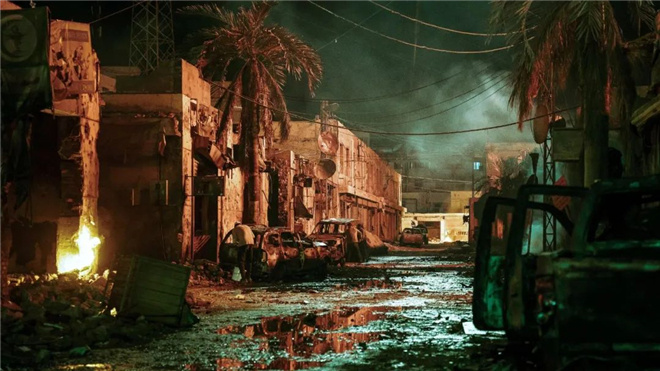
From the riddled city streets, the dilapidated refugee camp tents, to the endless desert, the jagged valley border station… How does the fictional North African war-torn country under the director’s lens realize the true landing on Chinese territory through setting the scene?
Not only "Return of Thousand Miles", but also the films that have just been completed, can they also successfully complete the "airborne" in an exotic country?
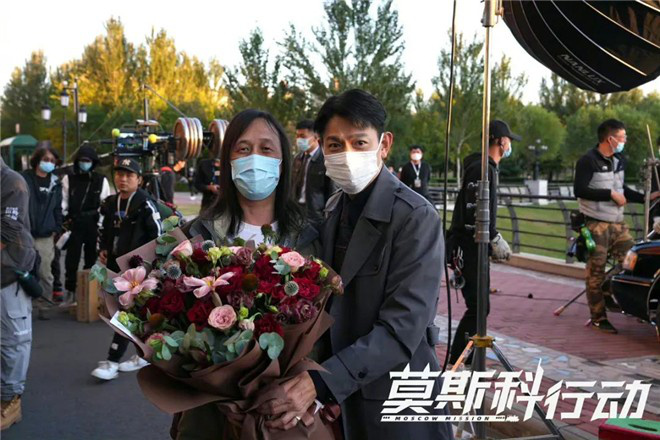
[Virtual]
From an entire embassy to a single foreign currency
20,000 square meter studio landscaping is difficult
A large part of the distant "North African countries" in "A Thousand Miles of Return" were born in the Oriental Movie Metropolis of Qingdao.The crowded market that Zong Dawei and Cheng Lang walked through, the checkpoint where they encountered the explosion, and of course the most important building in the movie, the Chinese Embassy, were all built in temporary locations in the park.
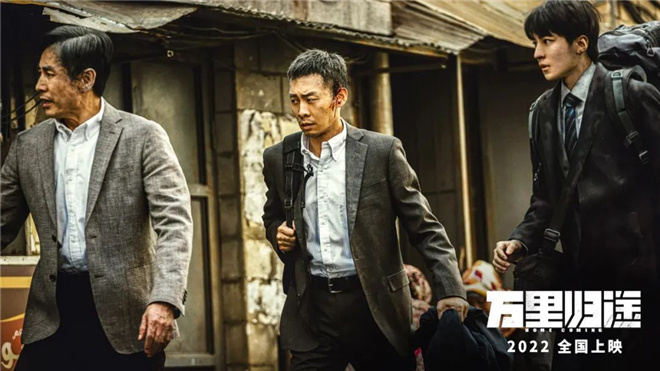
Making sure to film a realistic story about overseas evacuations in China became the most difficult challenge to overcome. The art team spent months collecting thousands of footage to build a prototype skeleton for this fictional Arab country.
No matter whether it is the capital Leptis or the small town of Sebrata, which has the most intense battlefield, unlike ordinary films, which only have relatively clear requirements for the setting of the exterior facade, "Return of Thousand Miles" not only needs to realize the series of multiple key scenes, but also sets clear standards for every detail of the interior and exterior.
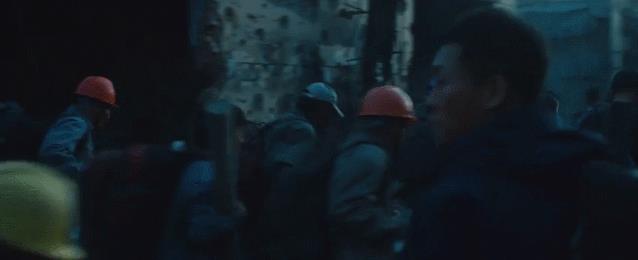
The staff of the film and television service department of Oriental Movie Metropolis who participated in the setting of "The Way Home" introduced that the entire African town was built on the tarmac of the airport runway left by other films.
The entire building has more than 70 buildings and covers an area of more than 20,000 square meters. In order to pursue realism and restoration, the setting of the scene has put forward extremely high requirements on the shape of the entire environment. Thousands of real-life photos of Arab countries are one of the key reference materials. From the inside of the scene to the facade of the building, to every prop, from details to texture and texture, it needs to be completely consistent with the style of overseas countries.
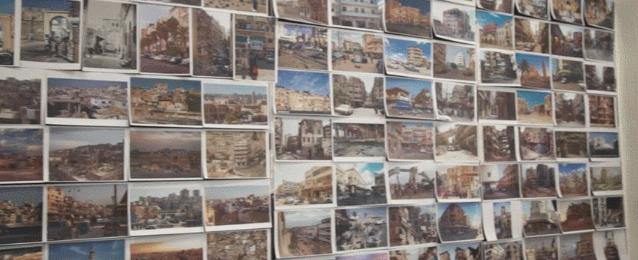
The first impression of the overall vision is important, but there are countless details that are easily overlooked to support the "exotic feeling" of "Wanli Homecoming". During the four-month construction period, there is only one month left for the art props to perfect the details.
"Walking into the interior of Zhijing and carefully looking at every flyer on the wall, including graffiti and spray painting, they are not printed out and pasted directly, but the staff really painted it one by one according to the pictures and design drafts [provided by the art team]." Not only that, the crew also purchased various local living items from various overseas channels, even all the plastic bags, waste paper and fine food packaging scattered on the ground. The props that Zong Dawei and Cheng Lang often need to take out in the movie are also the top priority in the restoration process, and they must "make people see the sense of use at a glance" to pass the test.
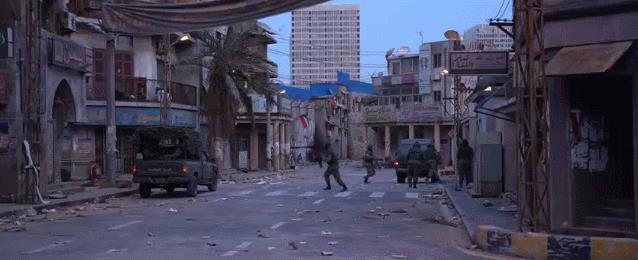
Beyond that, vegetation is the key to making the city truly "alive."
It was not difficult for the crew to find coconut trees and palm trees, but it was the biggest test to keep the plants growing in tropical and subtropical broad-leaved forests evergreen in the temperate deciduous forest climate during the months of filming. But when more than 70 big trees really stood up on both sides of the street, "The Way Home" finally came one step closer to the real Arab country.
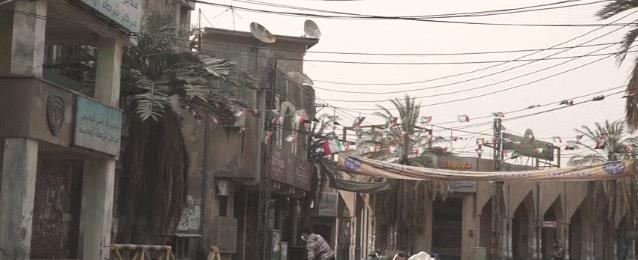
[Real]
North Africa, Europe, South East Asia…
The film industry grasps the sense of exotic atmosphere
It’s not just "The Way Home".byAndy LauThe starring role of "Moscow Action" has just been completed, and this movie has also completed an important railway scene shooting in the movie capital through setting the scene.

Before that, the leading comedy "Super Family" also moved the European-style mansion snow scene into the studio with the help of the setting work.
Nowadays, the setting industry’s ability to "combine the virtual and the real" is more mature. The interior details of the scene, special furnishings, and architectural "destructive" scenes that cannot be really shot on the outside are partially realized in the studio. At other times, the setting can also cooperate with the different customs of the shooting location, and realize the instant "airdrop" of different foreign lands such as North Africa, Europe, and South East Asia.
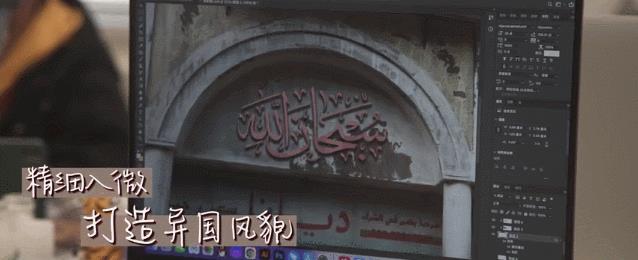
Rao Xiaozhi found Shizui Mountain in Yinchuan, Ningxia for the second half of the evacuation scene in "The Journey Home". The Gobi, the wind food sleeping in the desert, and the refugee camps and border checkpoints built in the Grand Canyon at the end of the film all restore the perils and dangers of the evacuation battlefield 1:1.
These seemingly disorderly settings integrated in the natural environment were actually more difficult than the standardized set. The producer of "Return from Miles" once revealed a detail: the filming of the camp scene required 2,000 tents. Compared with buying them, how to make them withstand the weather was the most challenging problem for the props group.
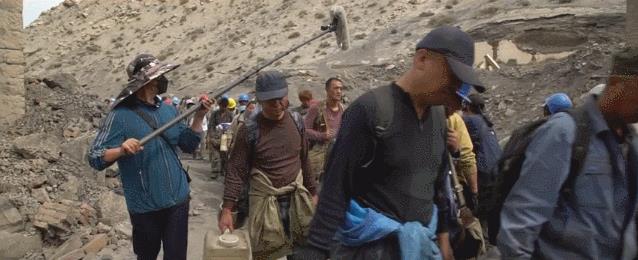
Nowadays, the industrialization of Chinese films in terms of setting has been very mature.
The staff of the film and television service department of the Oriental Movie Metropolis said that although it is the director’s choice to shoot overseas or domestically, in his opinion, considering the investment, time cost, personnel safety, communication, supporting facilities and other issues of outbound shooting, domestic setting is a better choice. With the development of the industry for many years, whether it is construction, art or some higher technical operations, with the later stage of the film, it is completely possible to achieve 1:1 restoration of any required scene in the shooting.
In this regard, in addition to Yinchuan, Ningxia, which is listed above, "Moscow Action" was transferred to Harbin after filming in the Qingdao shed; "Peacekeeping Riot Squad" chose to restore the scene of our country’s peacekeeping troops carrying out armed evacuation missions in Africa near Yintan, Beihai, Guangxi; and "Anti-Drug 3: Big Heaven and Big Earth" directly "moved" Thailand’s Golden Triangle villages over 50,000 square meters to Lau Fau Shan in Hong Kong. In addition, border cities such as Xishuangbanna, Yunnan have also become important filming cities for Chinese films to create a "sense of atmosphere" in South East Asia.
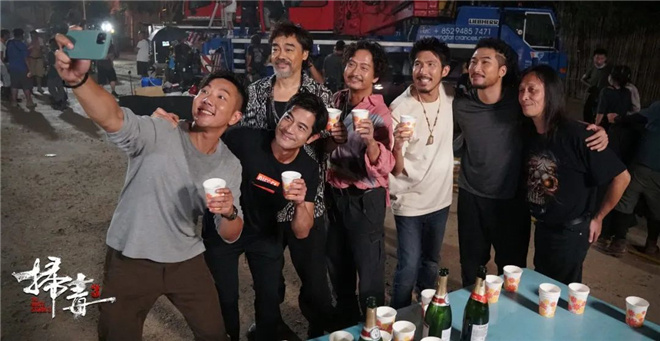
When talking about the experience of setting the scene, Wang Hongwei once lamented that China is one of the few countries that has the financial strength and production ability to shoot movies in a way that completely builds real scenes. In this sense, the market feedback on the visual effects of "The Way Home", as well as many films shot and presented in similar ways in the future, will become a new witness to the road of Chinese film industrialization.
关于作者